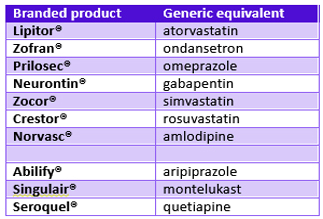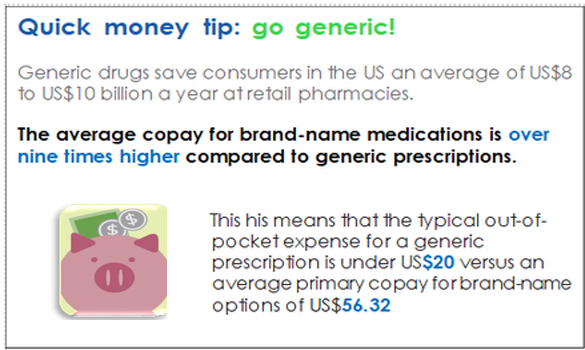Patient education series: our “monthly” dose of health insights
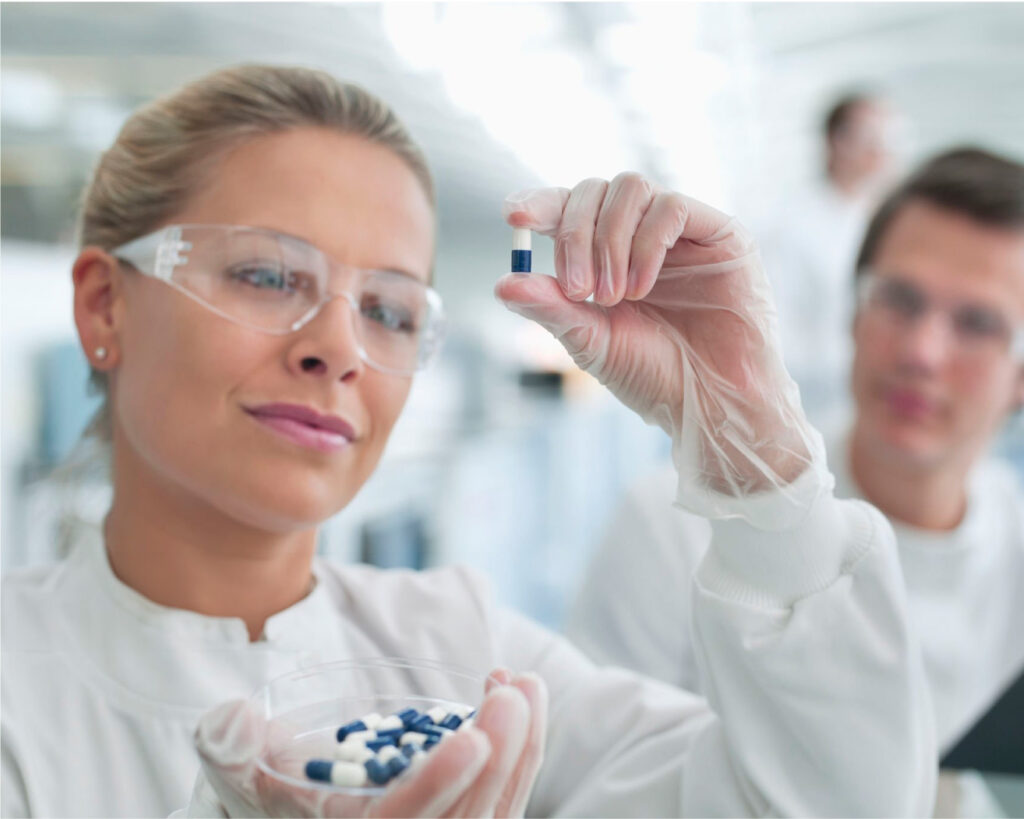
Let’s explore the primary differences between generic and brand name drugs:
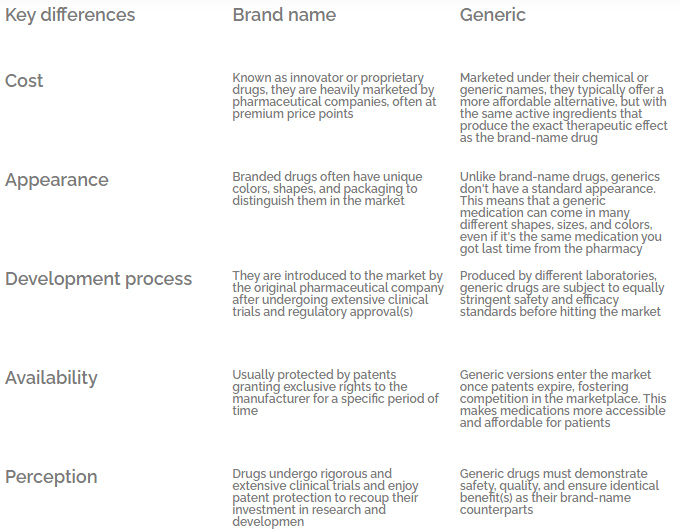
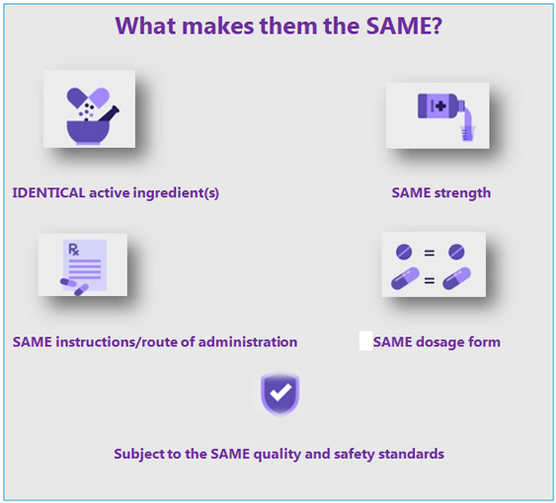
Things to know…
Three fast prescription facts
A brand name medication is the first of its kind and gets to “brand the name”. For instance, there are many sources of acetaminophen, but only one Tylenol™. So, how does a medication become the first?
Are most drugs prescribed generic?
Yes. Nearly eight out of 10 prescriptions filled in the U.S. are for generic drugs.
Are generic drugs a safe option to save on prescription expenses?
Yes. Lower prices do not mean lower quality: generic drugs, which are the chemical copies of their brand-name counterparts, are just as effective, but typically cost 80% to 85% less.
Being first requires lots of time and money. The pharmaceutical company developing the new drug bears the burden associated with its discovery, research and marketing. Then, it must be subject to clinical trials and regulatory approvals before ever reaching a pharmacy shelf.
Do all brand-name drugs have a generic equivalent?
Not necessarily. Generic medications usually become available after patents protecting a brand-name medicine expire. Sources:
- https://www.cedars-sinai.org/blog/generic-vs-brand-name-drugs-whats-the-difference.html
- https://www.uhhospitals.org/blog/articles/2022/07/generic-vs-brand-name-drugs-is-there-a-difference
- https://blog.bcbsks.com/2017/02/08/infographic-generic-vs-brand-drugs-are-they-different/
- https://calpers.healthnetcalifornia.com/health-wellness/generic-drugs.html
- https://accessiblemeds.org/resources/reports/2022-savings- report
- https://accessiblemeds.org/resources/reports/2020-generic-drug-

At Best Doctors Insurance, we are proud to help our members enjoy better and healthier lives
- Office hours: 9 a.m. – 5 p.m. EST
- Customer Service hours: 9 a.m. – 6 p.m. EST
Toll Free Numbers
- U.S. collect call: 1.305.269.2521
- U.S. toll free: 1.866.902.7775
- Fax: 1.800.476.1160
- Ecuador: +593.4.400.8000
- Venezuela: +58.212.720.2102
- Madrid: +34.900.839.034
- Chile: +56.225.95.2882
- Mexico: +52.55.554.169.7210
- Peru: +51.1705.9741
- Brazil: 0.800.878.4070
- Trinidad & Tobago: 1.888.826.9630
©2024 Best Doctors Insurance. All Rights Reserved. Privacy Policy & Terms and Conditions

